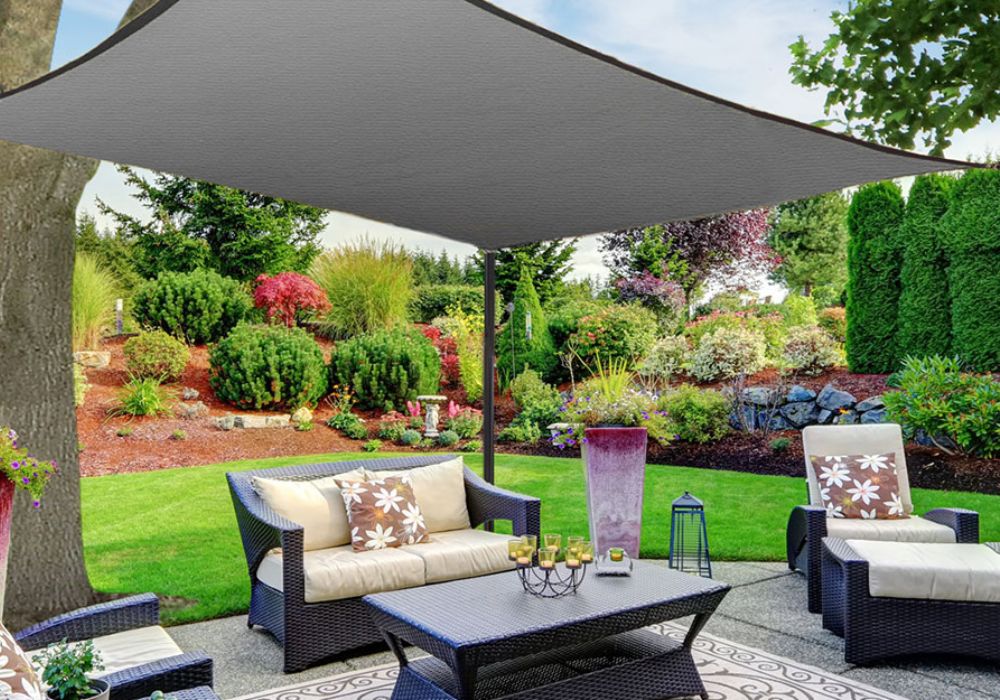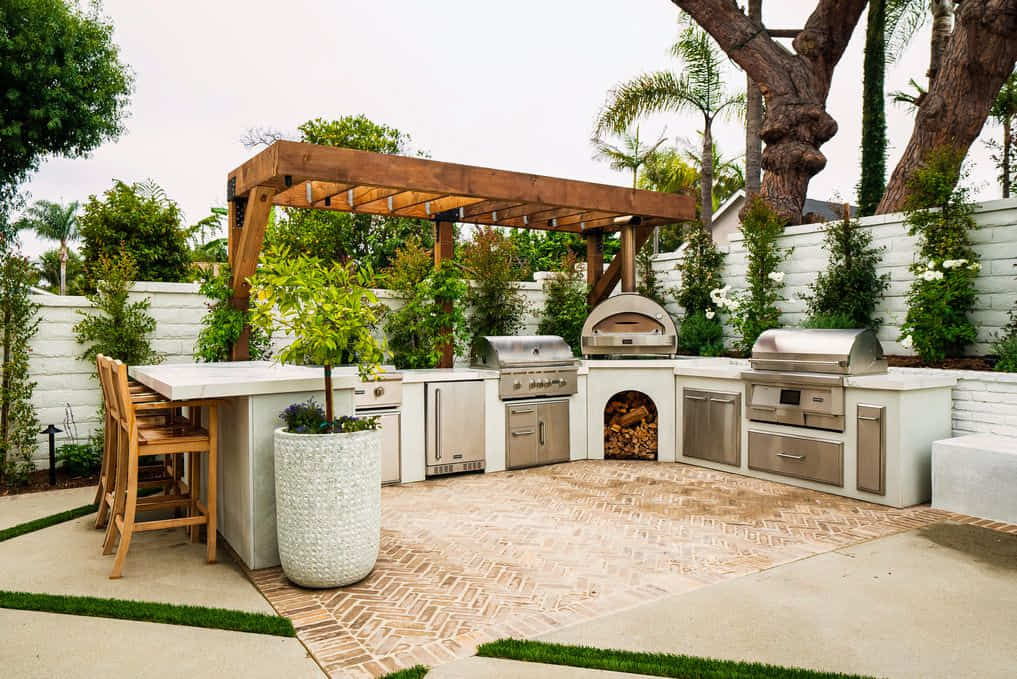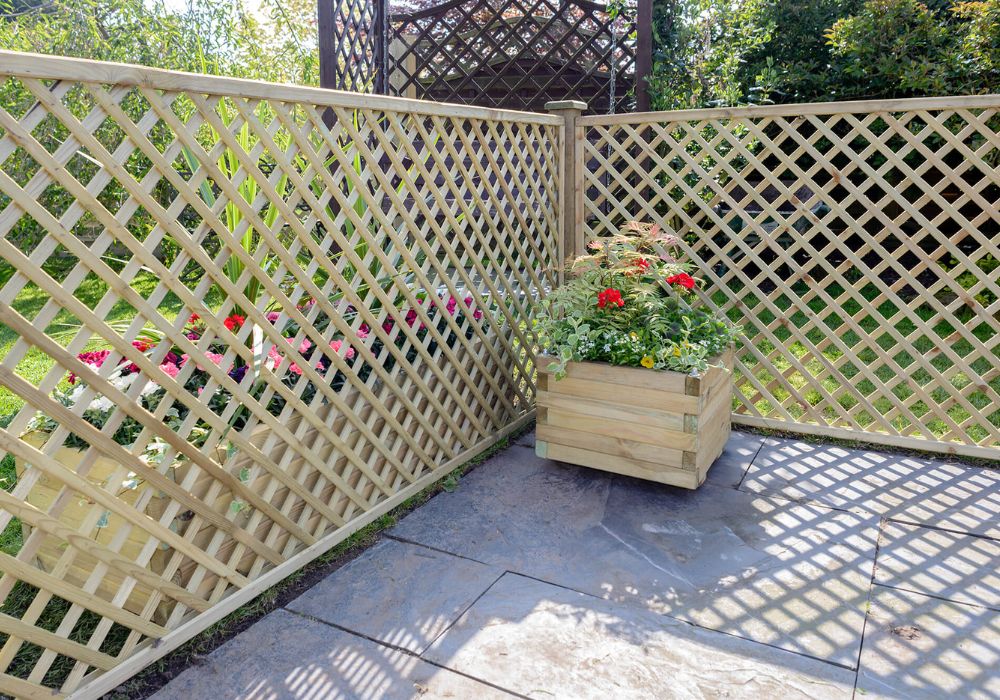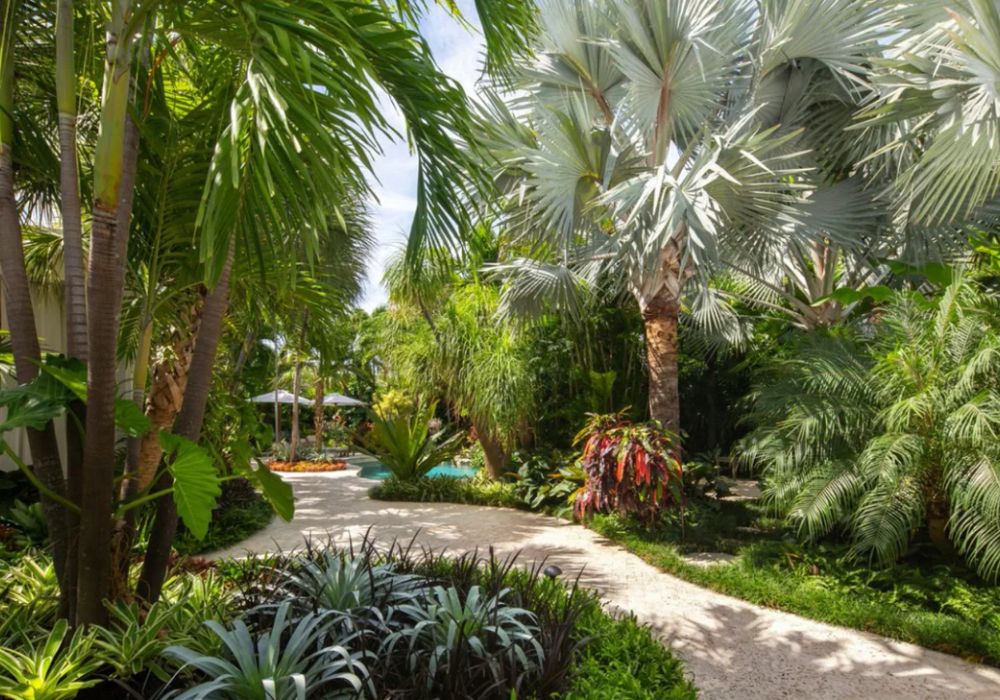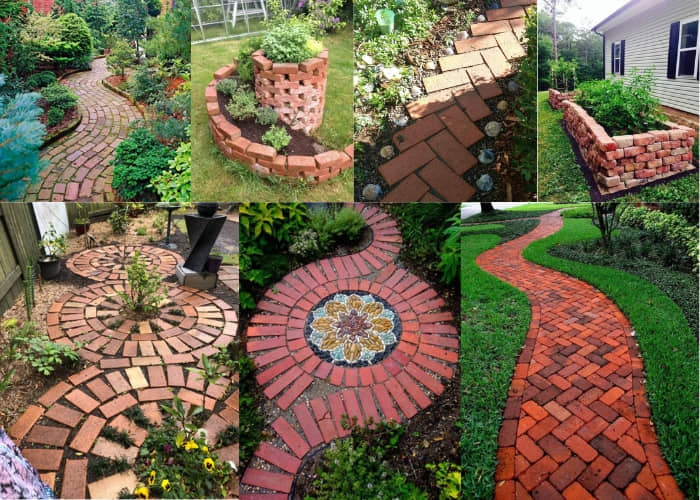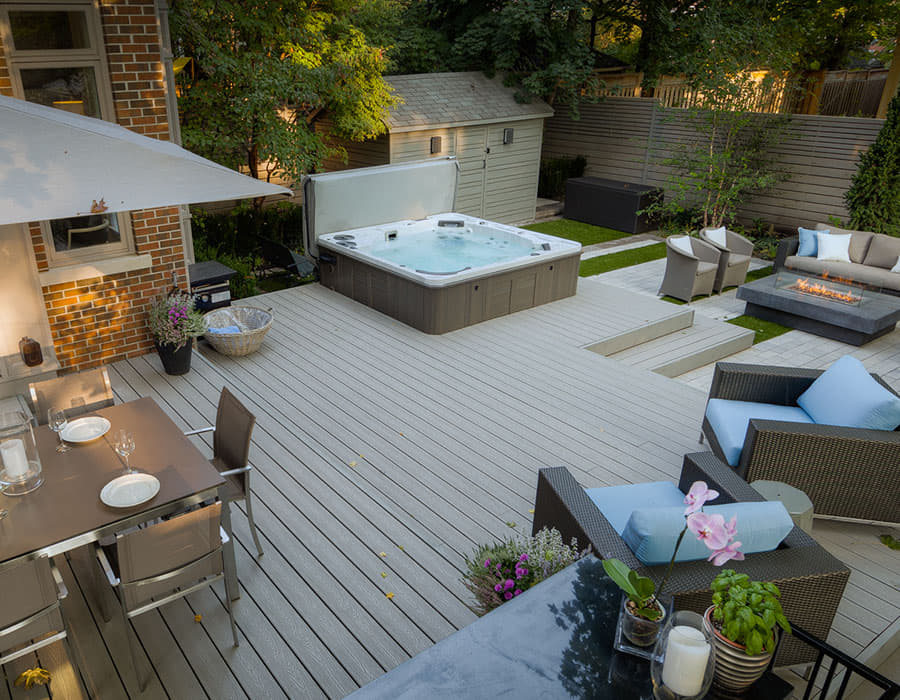Farm fences come in all shapes and sizes to suit different purposes on the property. Whether you need to contain livestock, mark boundaries or beautify the landscape, there are plenty of fence design options to choose from. This article will explore 12 innovative farm fence ideas to suit any space or budget.
Post and Rail Fence

A post and rail fence is a classic option that adds rustic charm. Constructed from wooden posts vertically placed in the ground with horizontal rails or boards attached, it's low-maintenance and affordable to build. Post and rail fencing is ideal for marking property boundaries, pathways or enclosing small pastures. The open design still allows for visibility but keeps most animals and children contained. With various wood staining options, it blends beautifully into any countryside setting.
Barbed Wire Fence

For keeping livestock securely fenced in larger pastures, barbed wire fences get the job done effectively if not elegantly. Straining posts hold up horizontal strands of thick-gauge galvanized steel wire with sharp barbs attached at regular intervals. While an eyesore to some, barbed wire fencing remains a durable and affordable choice that can last for decades with only minor repairs. It's best used in back fields away from homes where its practical but uncompromising look won't be an issue.
Chain Link Fence

Made from woven metal mesh and posts, chain link fencing provides excellent visibility and security at an affordable cost. It installs quickly and requires little maintenance over its long lifespan. Chain link works well for separating grazing pastures, vegetable gardens or hen houses. The see-through design helps monitor livestock health without barriers. While not the most scenic choice, green or black vinyl coatings can help it blend in more naturally alongside buildings. Consider planting attractive creeping vines to soften its appearance if used in high-visibility areas.
Wood Split Rail Fence

Split rail fences create an elegant country atmosphere. Constructed from halved round logs or tree trunks laid horizontally between posts, they have a casual charm ideal for property boundaries and pathways. Without bars or boards between the split rails, this open design still contains most animals and children but maintains scenic pasture views. Moss and vines growing over weathered wooden rails further enhance its natural appeal. Split rail fencing blends beautifully into all landscape styles from traditionally rustic to modern farmstead designs.
Natural Live Fence

Allow nature to do the work by establishing a living fence line over time. Plant fast-growing native hedge trees and shrubs at close spacing, like hawthorn, privet or native berry varieties. After several years, they will grow together to form a solid boundary hedge requiring only occasional trimming. Besides dividing space beautifully with greenery, a live fence provides wildlife habitat, forage for livestock, and living screens to enhance privacy. Some farmer's creatively train espaliered fruit trees on wires or fences to create attractive edible hedges.
Brick or Stone Wall

If budget allows, nothing compares to the classic dignity of a traditional brick or stone garden wall. With aesthetics rivaling fine architecture, durable fieldstone or brick walls require considerable investment but will stand the test of time beautifully.
Professionals install them to safely withstand weather and livestock pressures for over a century. Whether dividing pastures or gardens, the solid but porous style both guides and allows the passage of small creatures and water drainage. Moss and vines softening these boundaries over the decades further enhance their scenic qualities.
Cable Fence

Resembling a tautly strung tennis net, cable fencing constructs affordable yet sturdy fences suitable for horses or cattle. Vertical steel posts anchor sturdy braided or high-tensile wires at different heights. Compared to board or chain link styles blocking scenic views, cable fences have an open, airy structure allowing pasture surveillance.
They install relatively quickly at a lower cost but require periodic tensioning to maintain their tight, taut designs keeping livestock in without confinement. Consider cable fencing for boundaries dividing large grazing areas.
Board Fences

A classic solid wood board fence delivers privacy and security without blocking scenic pasture vistas. Vertical planks of treated lumber, cedar or other durable wood varieties mount between posts to create fences up to six feet tall. With various board patterns and spacing options, designers can choose styles open or closed to suit views and containment needs.
Natural or painted wood board fencing blends attractively into rural landscapes with only occasional sanding, staining or painting required over a 15-20 year lifespan. They make fitting farm borders alongside homes or enclosing vegetable gardens.
Post Fences

For an inexpensive boundary marker requiring little effort, simple post fences suffice using only vertical wooden or metal posts installed at regular intervals without attached boards or rails. Visible heights start at 3-4 feet tall for cattle or sheep containment with additional strand wires installed midway up for added security.
Clean lines of polished metal poles creates modern silhouettes against open pastures while rustic wooden posts have more charming rural character. Post fences work well as guidelines where full physical barriers aren't required but property boundaries need clear definition.
Woven Fence

Creating a natural woven weave, branches trimmed from pruned trees and shrubs form rustic fences. Willow wands, locust branches, vines or other fast-growing trimmings strategically twist and layer horizontally between tall posts to eventually become a solid living barrier.
With an organic hand-crafted look, woven fences suit low-impact farmsteads where nature maintains itself naturally over time. These fences serve mainly as psychological boundaries gently guiding livestock's instincts rather than confining them physically. Consider them for peaceful meadow or wetland buffers showcasing farm sustainability practices.
Post & Wire Fence
A versatile and cost-effective wire fence type, post and wire systems securely contain livestock while maintaining open pasture vistas. Sturdy metal T-posts or treated wood stakes driven firmly in a straight line anchor horizontal strands of barbed or smooth wire. By adjusting wire heights and strand spacing, post and wire fencing can contain cattle, horses, goats, sheep or poultry depending on the designed security level. This style installs easily and inexpensively, requiring only periodic wire tensioning and post replacement as soils settle over 15-20 years. It constructs compactly while guiding various sized farm animals effectively.
Picket Fences

For graceful demarcations alongside homes, barns and gardens, picket fences embody traditional charm. Made from vertical pointed wooden boards or rails mounted between posts, the open lattice design allows pasture surveillance. Stained natural wood or colorful painted pickets line properties attractively. Short picket fencing at 3-4 feet divides lawns from garden beds and pathways, while taller 4-5 foot versions border larger yards or pasture perimeters. Curved or angled picket formations create intricate borders gracing farms with heritage style. Annual maintenance involves only light sanding or re-staining to preserve picket fences for decades.
